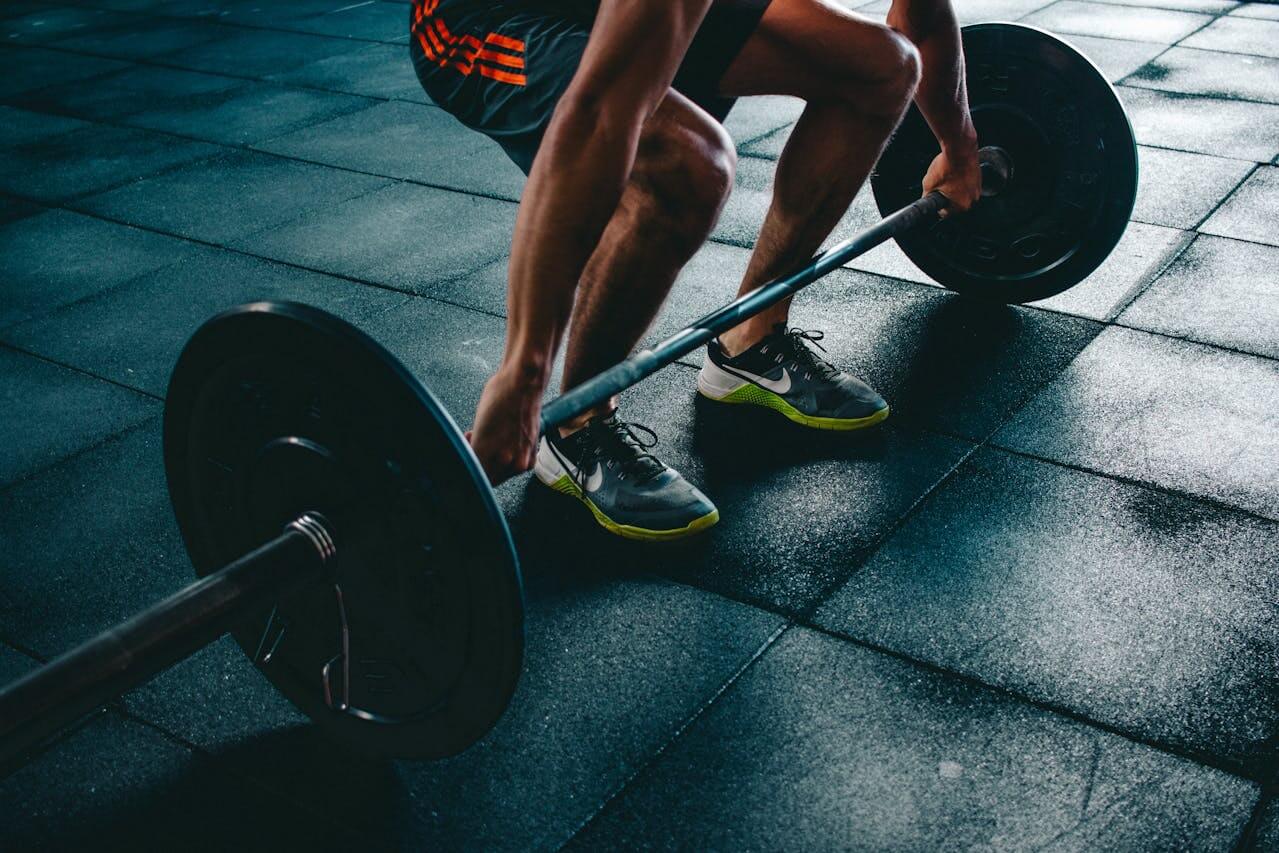For gym owners, flooring is more than just a surface—it’s a critical investment in safety, member satisfaction, and long-term business success.
Shock-absorbing rubber flooring isn’t just a luxury; it’s a necessity for modern fitness centers.
In this guide, we’ll break down why shock absorption matters, how it impacts injury prevention and noise reduction, and why premium flooring delivers a strong return on investment (ROI) over time.
Why Shock Absorption Matters
Shock absorption refers to a floor’s ability to absorb and dissipate impact energy. This is measured by metrics like Force Reduction (FR) and Critical Fall Height (CFH), which determine how well the flooring protects joints and equipment from high-impact activities.
Key benefits for gyms:
- Injury Prevention: Reduces stress on joints, tendons, and muscles during activities like weightlifting, HIIT, or CrossFit.
- Equipment Longevity: Minimizes vibration and impact damage to treadmills, racks, and free weights.
- Noise Reduction: Dampens the clang of dropped weights and foot traffic, creating a calmer environment.
1. Injury Prevention: Protecting Members (and Your Liability)
Fitness centers face significant liability risks from slips, falls, or repetitive strain injuries. Shock-absorbing flooring mitigates these risks by:
- Reducing Joint Impact: Studies show proper flooring can lower peak force on knees by up to 30% during jumps or lifts.
- Enhancing Stability: Textured rubber surfaces improve grip, reducing slips even during sweaty workouts.
- Meeting Safety Standards: Look for flooring that complies with ASTM F2772 (shock absorption) and ASTM F410 (slip resistance).
Case in point: A gym using 8mm–12mm rubber tiles saw a 25% drop in member injury claims within a year of installation.
2. Noise Reduction: Keeping Members (and Neighbors) Happy
Gyms in shared buildings or residential areas often face noise complaints. Rubber flooring acts as a sound barrier by:
- Absorbing Impact Noise: Dropping a 20kg weight on concrete creates ~90 decibels—equivalent to a lawnmower. Rubber tiles can reduce this by 50–70%.
- Dampening Echo: Porous rubber surfaces absorb ambient noise from music, voices, and equipment.
Pro tip: Interlocking rubber tiles with underlayment (e.g., foam backing) offer superior noise reduction compared to rolled rubber.
3. Long-Term ROI: Saving Money While Retaining Members
While premium rubber flooring has a higher upfront cost than concrete or vinyl, it pays off over time through:
a) Lower Insurance Premiums
- Gyms with safety-certified flooring often qualify for reduced liability insurance rates.
b) Reduced Equipment Maintenance
- Vibration from heavy weights cracks concrete floors and damages machine bases. Rubber flooring absorbs this stress, extending equipment lifespan.
c) Member Retention
- 72% of gym-goers prioritize facilities with “comfortable, safe flooring” (2023 Fitness Industry Survey). Quality floors enhance member experience and loyalty.
Cost Comparison Example:
| Flooring Type | Initial Cost (per sq. ft.) | Lifespan | 10-Year Cost* |
|---|---|---|---|
| Concrete | $2–$4 | 10+ years | $2–$4 |
| Vinyl | $3–$6 | 5–7 years | $6–$12 |
| Rubber Tiles | $7–$12 | 15+ years | $7–$12 |
*Includes installation and maintenance. Rubber’s durability eliminates frequent replacements.
Choosing the Right Flooring for Your Gym
Not all rubber flooring is created equal. Consider these factors:
- Thickness:
- 6–8mm: Ideal for cardio zones and light weights.
- 10–12mm: Best for free weights, CrossFit, and HIIT areas.
- 15mm+: Reserved for Olympic lifting platforms.
- Material:
- SBR Rubber: Dense, affordable, and durable for most gyms.
- EPDM Rubber: UV-resistant for outdoor functional training areas.
- Surface Texture:
- Smooth: Easy to clean for yoga or Pilates studios.
- Raised Patterns: Maximize grip in weight rooms.
Installation and Maintenance Tips
- Subfloor Prep: Ensure concrete subfloors are level and moisture-free to prevent adhesive failure.
- Modular Tiles: Interlocking tiles allow easy replacement of damaged sections without redoing the entire floor.
- Cleaning: Daily sweeping + pH-neutral cleaner keeps floors hygienic and slip-resistant.
FAQ
Q: Can I install rubber flooring over existing concrete?
A: Yes! Rubber tiles or rolls can be placed directly over clean, dry concrete—no demolition needed.
Q: How much shock absorption do I need?
A: Aim for Force Reduction (FR) of 40–60% for general gym areas. Higher FR (60–70%) is better for heavy lifting zones.
Q: Is rubber flooring eco-friendly?
A: Many rubber floors, like those made from recycled SBR granules, support sustainability goals.
Final Word: Flooring as a Competitive Edge
In a crowded fitness market, gyms need every advantage to attract and retain members. Shock-absorbing rubber flooring isn’t just a functional upgrade—it’s a marketing tool. Highlight your facility’s safety and comfort in tours, social media, and ads to stand out.
Ready to Upgrade? Explore ACCT Global’s range of gym flooring solutions, designed to meet the demands of commercial fitness centers while maximizing ROI.
Key Takeaway: Investing in quality flooring isn’t an expense—it’s a strategic decision that protects your members, your equipment, and your bottom line.


Leave a Reply